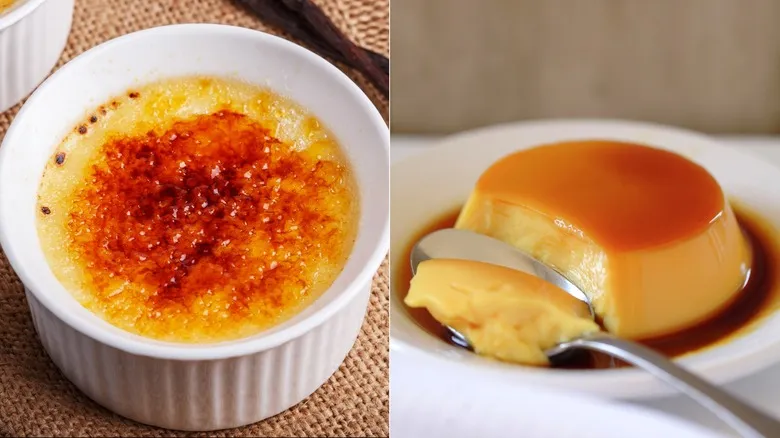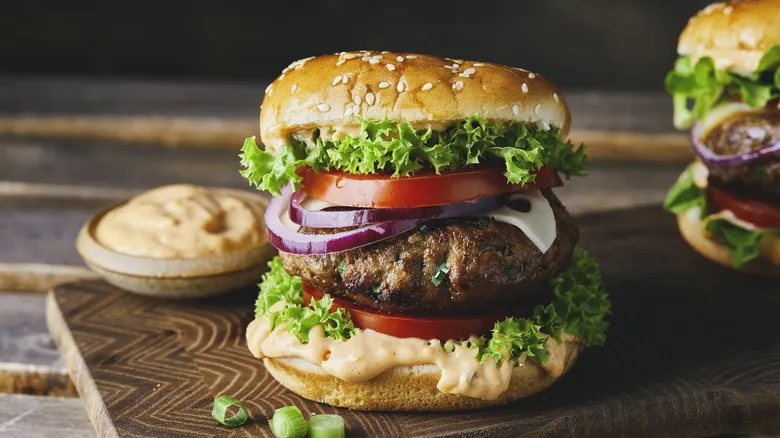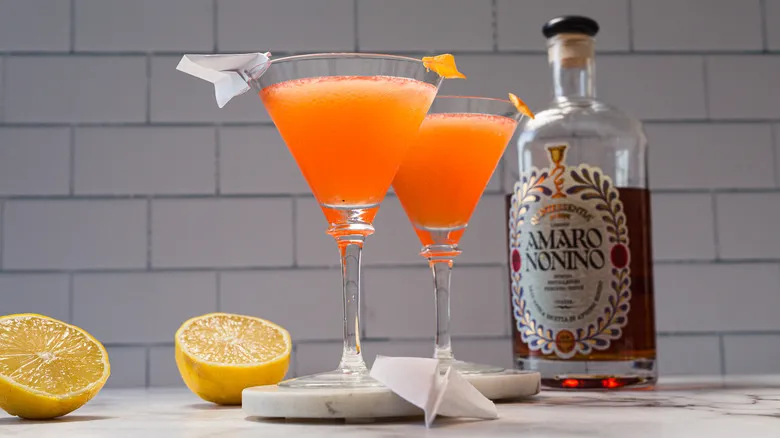Where does crème brûlée come from?
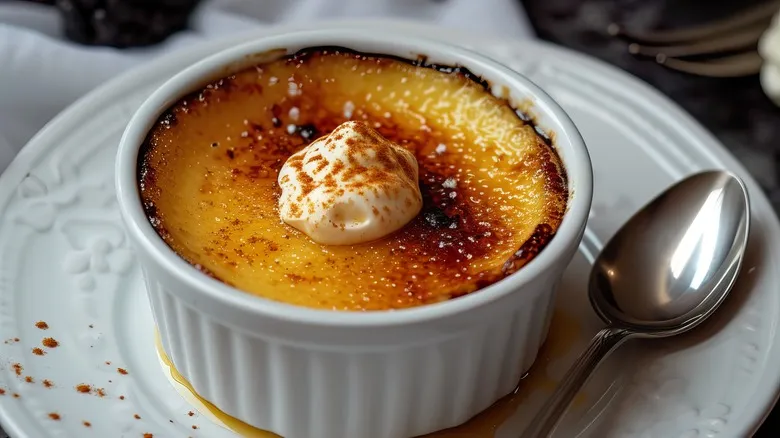
The origins of crème brûlée are a topic of contention, with England, Spain, and France all asserting that the dessert originated in their respective countries. The earliest reference to crème brûlée appears in "Le Cuisinier Royal et Bourgeois," a 17th-century French cookbook authored by François Massialot. However, at that time, the dessert did not yet have its characteristic caramelized sugar topping.
Despite its presence in a French cookbook, Trinity College in Cambridge, England, claims that the dessert was first created there when the college's crest was burned into a custard topped with sugar. Similarly, the Catalans in Spain argue that their dish, crema catalana—a custard infused with cinnamon and citrus and finished with caramelized sugar—is the true precursor to crème brûlée. Regardless of its true origins, variations of the dessert gained popularity across Europe before crème brûlée made its way across the Atlantic, with reports of Thomas Jefferson enjoying it at the White House during his presidency.
Since then, crème brûlée has become synonymous with luxury and indulgence, a must-try dessert for anyone visiting Paris. However, it doesn't always have to be extravagant. Instead of serving it in a traditional ramekin, you can present crème brûlée in a sweet potato or even add corn to the custard for a unique buttery twist. Pre-made versions are also available at grocery stores like Aldi, but nothing compares to the flavor of freshly torched sugar.
Unlike crème brûlée, flan has ancient origins
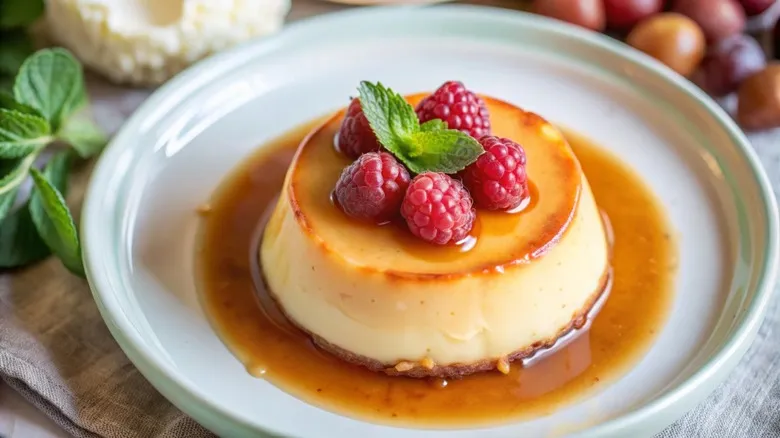
Although crème brûlée was developed relatively recently, flan has roots that trace back to the Roman Empire. Ancient Romans created a dish called tyropatinam, which combined cream and eggs, sweetened with honey and cooked until firm. They also mastered a savory version of flan, such as eel flan, which was served as a main course rather than a dessert. After the fall of the Roman Empire, recipes for a flat cake known as flado, topped with caramel, spread throughout Medieval Europe, leading to various custard adaptations that eventually made their way to the Americas, largely due to its popularity in Spain.
Since then, flan has gained immense popularity in Latin America, where vanilla was incorporated into the recipe. Nowadays, it’s nearly impossible to find a Mexican restaurant in the U.S. that doesn’t feature flan on its menu. This dessert is typically served with caramel made from melted sugar or dulce de leche.
One key distinction between flan and crème brûlée is the vast array of flavors available for flan. While crème brûlée is most commonly vanilla, it can also come in other flavors, with some variations altering the topping rather than the custard itself. In contrast, flan can be made in a variety of flavors, including orange, chocolate, coffee, coconut, strawberry, and even pumpkin! Although savory flans are not as prevalent today as they were in Ancient Rome and the Middle Ages, their legacy can still be observed in dishes like quiche, where eggs and cream are mixed with vegetables and meat, typically encased in a pastry crust.
Recommended
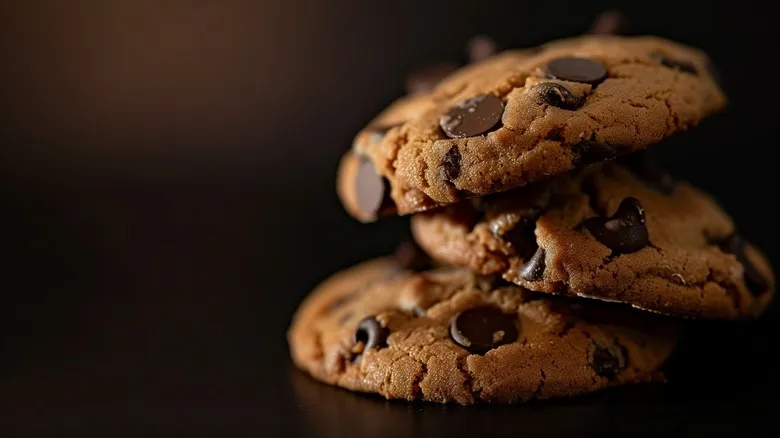
Holiday-Inspired Mix-Ins Are The Key To Festive Chocolate Chip Cookies
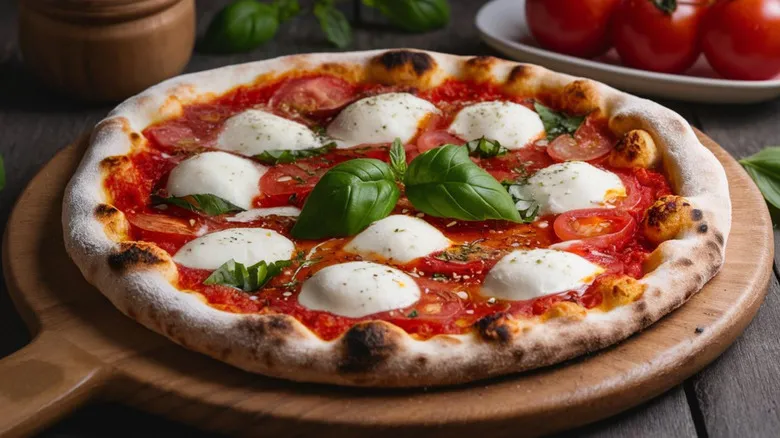
The Mistake That's Making Your Pizza Crust Tough, And What You Should Do Instead

10 Ways To Use Your Air Fryer For Easy Baking
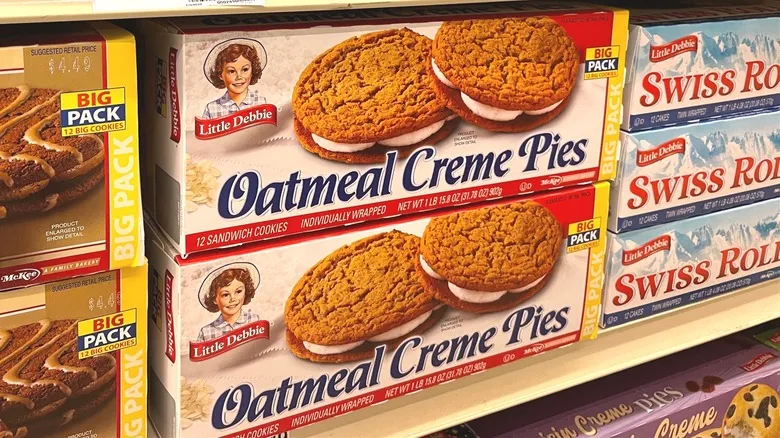
Little Debbie Snacks Are The Ultimate Shortcut For No Bake Cakes
Next up

